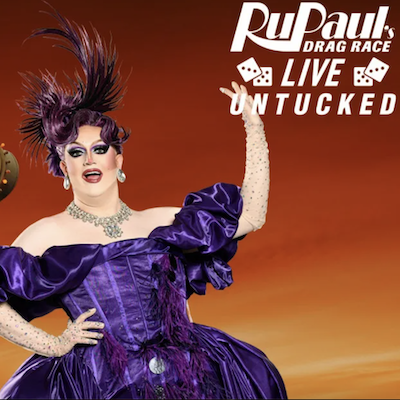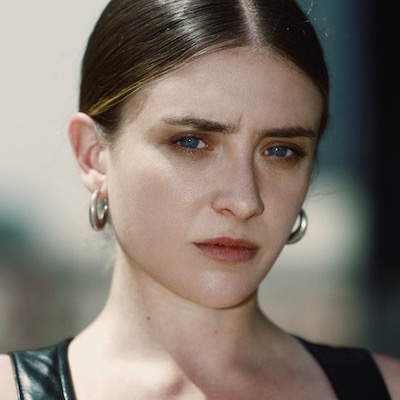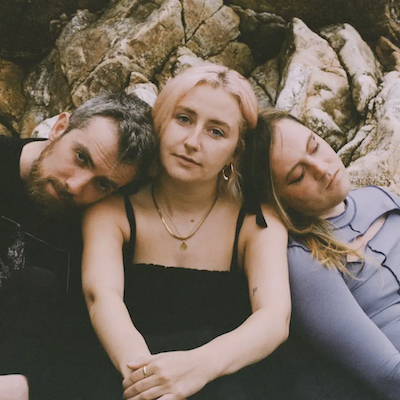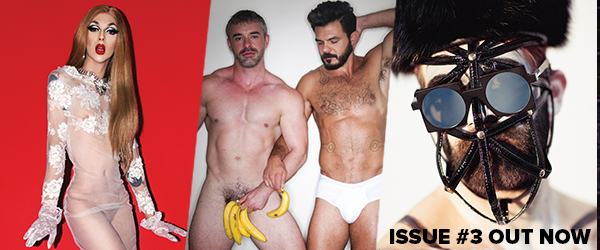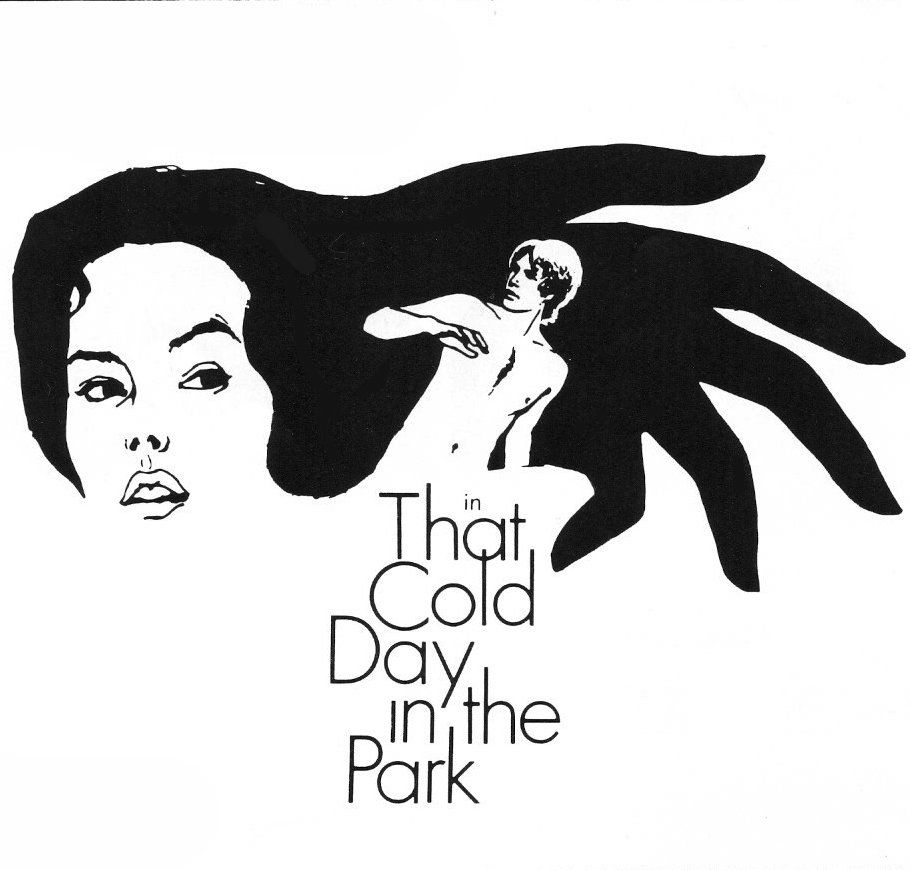
‘How far will a 32 year-old virgin go to possess a 19 year-old boy?’ That’s the question posed by Robert Altman’s disturbing 1969 psychological thriller That Cold Day in the Park. Set in rain-drenched Vancouver, it sees introverted and mousey but affluent spinster Frances Austen (Sandy Dennis) encounter a seemingly mute and homeless teenaged waif (Michael Burns) on a park bench and impulsively invite him home. She removes his wet clothes, gives him a bubble bath, locks him in her spare bedroom… and from there things just get stranger. Let’s just say neither of them have the other’s best interests at heart.
American cinema in the sixties and seventies was a bonanza for distinctive, idiosyncratic actresses: think Faye Dunaway, Karen Black, Sissy Spacek or Susan Tyrrell. Surely the weirdest and most intense was Sandy Dennis (1937 – 1992), best remembered for her Oscar-winning 1966 performance in Who’s Afraid of Virginia Woolf? Dennis’ trademark tics, twitches, anxious demeanour and stammering delivery invested her performances with deep neurosis. Perfectly cast here, Dennis goes further than usual to suggest full-blown insanity. (Interestingly, the role of Frances was initially offered to Ingrid Bergman. She reportedly returned the script with an angry note saying she was insulted to have been considered).
The only other film Cold Day reminded me of was another claustrophobic psychodrama about a dysfunctional duo: Secret Ceremony (1968), in which Mia Farrow plays a disturbed rich girl who is convinced blowsy prostitute Elizabeth Taylor is her dead mother. Cold Day was of course, made in ’69 against the backdrop of the post-hippie sexual revolution. The Sixties didn’t swing for everyone. It explores what it might feel like for someone – like prematurely frumpy Frances – excluded from all the fun, watching from the margins and festering with resentment.
Cold Day is certainly open to queer interpretations. The film’s central lust object is, after all, a lithe and sinewy twink (he would’ve been called a ‘chicken’ in 1969, making Frances a chicken hawk. The cute Michael Burn’s frequent nude scenes are a definite highlight). In real life, the enigmatic Dennis – whose private life was shrouded in secrecy – was rumoured to have been a lesbian (and she played a lesbian character in the 1967 film The Fox).
For confrontational Canadian enfant terrible of queer cinema and homocore pioneer Bruce LaBruce, Cold Day is an essential touchstone. ‘I saw That Cold Day in the Park on TV as a teenager,’ LaBruce told The New York Times in 2015. ‘It just blew my mind. It was so twisted, the scenario.’ His debut film No Skin Off My Ass (1991) – in which LaBruce portrays a campy hairdresser who picks up a mute skinhead thug in the park and takes him home – is actually a loose re-make of Cold Day (with added hardcore gay sex).
Flawed but fascinating, Cold Day is a true mind-fuck and ripe for rediscovery as a cult movie by a new gay audience. Upon its release it was met by public indifference and scathing reviews. (The New York Times review begins ‘If there is a sicker and more tedious, over-baked and inane serving of psychosexual nonsense this season than That Cold Day in the Park …’ and concludes ‘it’s a cold, ugly and meandering business.’). A horror film about sexual anxiety and emotional repression, That Cold Day in the Park still packs a clammy, creeping sense of dread.
Eureka Entertainment’s Masters of Cinema Dual Format release of THAT COLD DAY IN THE PARK to be released on 20 June 2016.
REVIEW: Graham Russell



